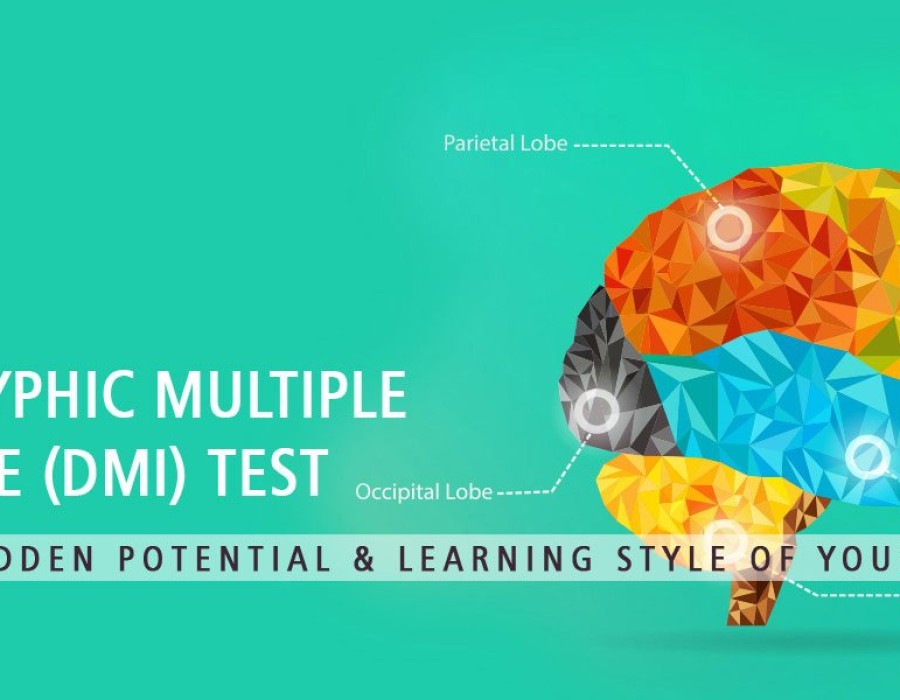In the pursuit of understanding oneself and unlocking individual potential, various psychological assessments have emerged. Dermatoglyphics Multiple Intelligence Test, commonly known as DMIT, stands out as a unique approach that combines the science of dermatoglyphics with Howard Gardner's theory of multiple intelligences. This article aims to delve into the essence of DMIT, its methodology, applications, and the broader discourse surrounding its efficacy.
Understanding DMIT:
Dermatoglyphics - The Unique Imprint: Dermatoglyphics refers to the study of the patterns and ridges found on the skin, particularly on the fingers, palms, toes, and soles. These patterns are unique to each individual and remain constant throughout their life, forming a distinctive imprint that serves as the foundation for the DMIT.
Multiple Intelligences Theory: DMIT incorporates Howard Gardner's theory of multiple intelligences, proposing that intelligence is not a singular entity but a combination of various distinct intelligences, such as linguistic, logical-mathematical, spatial, musical, bodily-kinesthetic, interpersonal, intrapersonal, and naturalistic.
The DMIT Process:
Fingerprint and Palm Analysis: DMIT begins with the collection of fingerprints and an analysis of palm patterns. The unique ridges, lines, and mounts on the fingers and palms are meticulously examined to unveil an individual's dermatoglyphic profile.
Correlation with Brain Lobes: The test aims to establish correlations between fingerprint patterns and the lobes of the brain, suggesting connections between specific dermatoglyphic features and different types of intelligences associated with distinct brain regions.
Personality Traits and Learning Styles: Through the analysis of dermatoglyphics, DMIT Test provides insights into an individual's personality traits, preferred learning styles, and potential dominance in specific intelligences. This information serves as a guide for personal and educational development.
Applications of DMIT:
Educational Guidance: DMIT is widely utilized in educational settings to guide students in choosing academic paths and extracurricular activities that align with their natural strengths and learning styles.
Career Counseling: The test results can be instrumental in career counseling, assisting individuals in making informed decisions about their professional paths based on their inherent aptitudes.
Personal Development: DMIT serves as a tool for personal development, fostering self-awareness and helping individuals understand their strengths and areas for improvement. This insight contributes to better decision-making and goal-setting.
Parenting Insights: Parents can benefit from DMIT results to understand their child's unique characteristics, tailoring their parenting approach to support the child's natural inclinations and potential.
Critiques and Controversies:
While DMIT has gained popularity, it is not immune to criticism. Some skeptics question the scientific validity of correlating dermatoglyphics with intelligence and personality traits. The interpretation of results is subjective, and there is a risk of oversimplification in categorizing individuals based on these analyses.
Our Service:-
Conclusion:
Dermatoglyphics Multiple Intelligence Test, with its roots in dermatoglyphics and multiple intelligences theory, offers a unique perspective on understanding individual characteristics and potential. While it has practical applications in education, career counseling, and personal development, it is crucial to approach the results with a balanced perspective, recognizing the complexity of human intelligence and the multifaceted nature of individuality. As DMIT continues to be explored and refined, its role in enhancing self-awareness and guiding personal and educational choices remains a fascinating aspect of the evolving field of psychometrics.





Comments